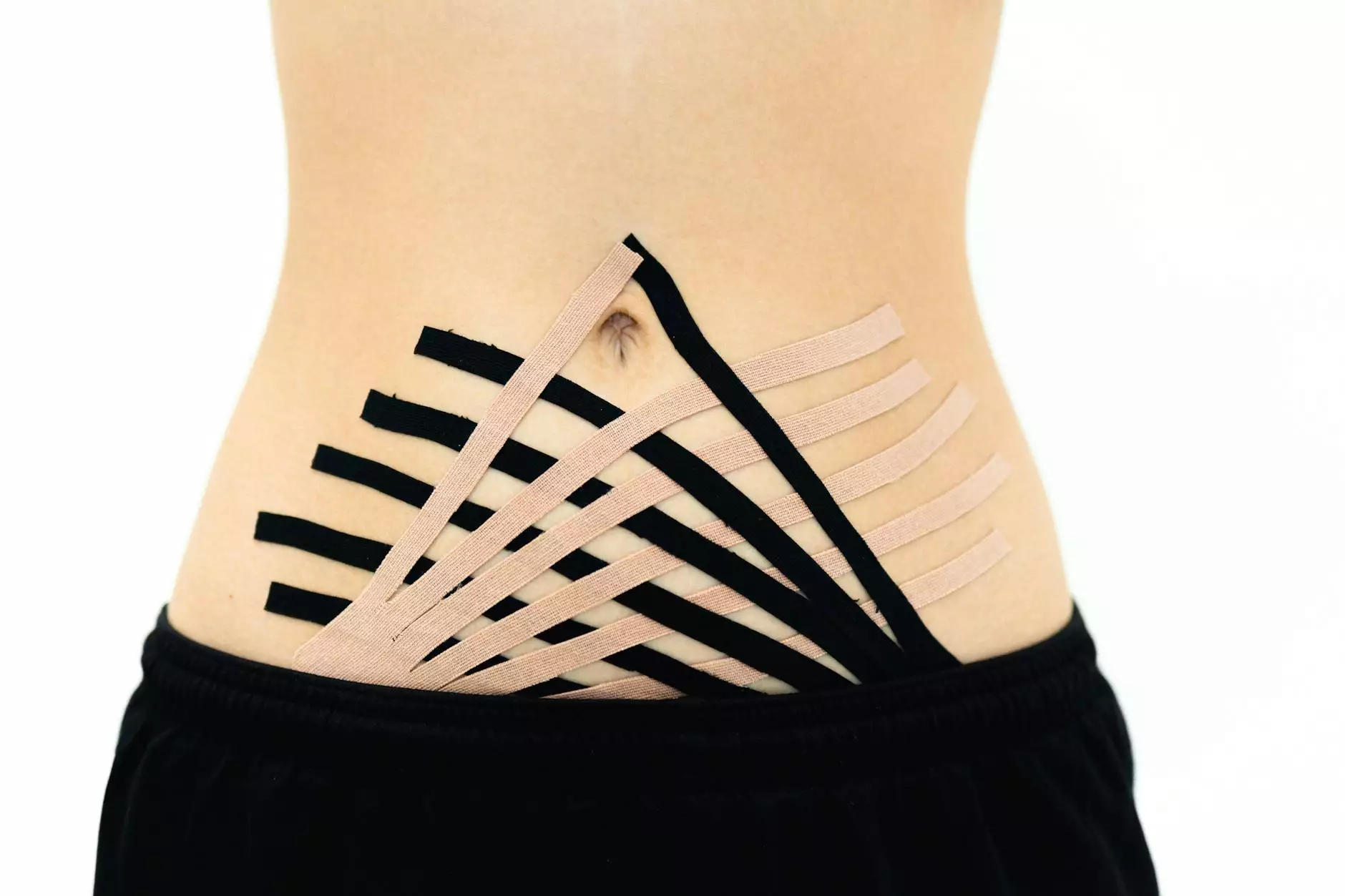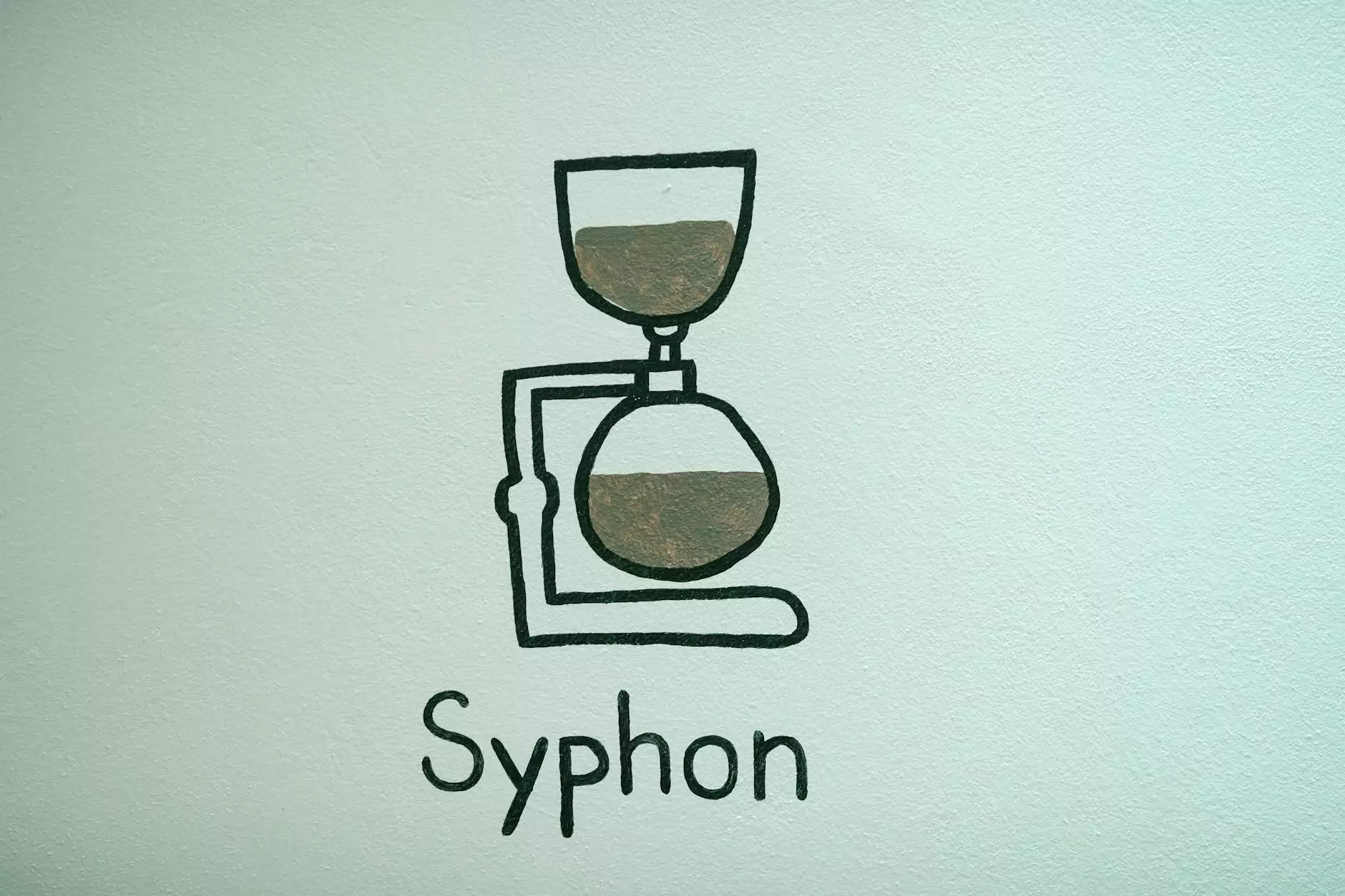Understanding Swimming Pool Plasters: A Comprehensive Guide

When it comes to maintaining the allure and functionality of your swimming pool, swimming pool plasters stand out as one of the most crucial aspects. These high-performance materials not only provide a visually appealing finish to your pool but also play a vital role in protecting it from damaging elements. In this guide, we delve into the many facets of swimming pool plasters, their benefits, types, installation, maintenance, and much more.
What Are Swimming Pool Plasters?
Swimming pool plasters are a type of surface coating used for the interior of swimming pools. They are primarily made of a mixture of cement, sand, and additives that enhance their durability and aesthetic appeal. Plastering is an essential step in constructing or renovating pools, as it gives the pool a smooth finish and seals the porous base, preventing water loss and chemical reactions that could damage the structure over time.
Benefits of Using Swimming Pool Plasters
The advantages of swimming pool plasters extend far beyond their aesthetic contributions. Here are some key benefits:
- Durability: High-quality pool plasters are resistant to various chemical treatments and can withstand harsh environmental conditions.
- Aesthetic Appeal: A wide variety of colors and finishes are available, allowing homeowners to customize their pools according to their style preferences.
- Comfort: Properly applied plaster provides a smooth surface, making swimming more enjoyable.
- Water Retention: Plastering seals the pool's interior, reducing water loss through evaporation and leaks.
- Increase in Property Value: A well-finished pool can significantly enhance the overall appeal and value of a property.
Types of Swimming Pool Plasters
Understanding the different types of swimming pool plasters available is essential for making an informed choice. Here are the main types:
1. Standard Marcite Plaster
Marcite plaster is the traditional choice for pool surfaces. It's a cement-based plaster that is easy to apply and can last up to 10-15 years. However, it may require frequent maintenance to keep it looking fresh.
2. Pebble Finish Plaster
This type combines plaster with small pebbles, creating a textured, porous surface. It not only enhances grip but also provides a unique aesthetic appeal. Pebble finishes are highly durable and can last 15-20 years.
3. Quartz Finish Plaster
Quartz plaster is made by adding quartz aggregates to standard plaster. This results in a smoother, more durable surface that resists stains and offers vibrant color choices. It typically lasts 20-25 years.
4. Glass Bead Plaster
Glass bead plaster is a premium option that combines polished glass beads with plaster. It not only has an exceptional aesthetic quality but is also very durable and resistant to chemicals. This finish can last over 25 years.
Choosing the Right Swimming Pool Plaster for Your Pool
When selecting the appropriate swimming pool plasters, consider the following factors:
- Pool Usage: If your pool sees frequent use, opt for a more durable plaster type.
- Climate: The local climate can affect the longevity of different plaster types; for example, harsher winters may require stronger materials.
- Aesthetic Preferences: Choose a plaster that complements your backyard decor and landscaping.
- Budget: Consider the upfront cost as well as the longevity of the plaster when making a selection.
Installation Process of Swimming Pool Plasters
The installation of swimming pool plasters is a significant step in pool construction or renovation, demanding a professional approach to ensure long-lasting results. Here's an overview of the process:
Step 1: Surface Preparation
The pool must be thoroughly cleaned and any previous coatings removed. Cracks and imperfections in the surface should be addressed to create a smooth base for plastering.
Step 2: Mixing the Plaster
Plaster is typically mixed according to manufacturer specifications. The mixture should be uniform to ensure consistent application.
Step 3: Application
Using a trowel, the plaster is applied to the prepared surface. A professional ensures an even coat, paying special attention to corners and edges.
Step 4: Curing
After application, the plaster needs to cure properly. This usually involves keeping the surface moist for several days to prevent cracking.
Maintaining Your Swimming Pool Plasters
Proper maintenance of swimming pool plasters is crucial to prolong their lifespan. Here are some maintenance tips:
- Regular Cleaning: Use a soft pool brush to scrub the plaster surface regularly to prevent the buildup of algae and other debris.
- Water Chemistry: Maintain balanced water chemistry to prevent etching or staining of the plaster.
- Early Repair of Cracks: Address any visible cracks immediately to prevent water damage or further deterioration.
- Periodic Replastering: Depending on the type of plaster, a replastering may be needed every 10-25 years.
The Impact of Swimming Pool Plasters on Water Heater Installation and Repair
The choice of swimming pool plasters can also impact the efficiency and longevity of water heating systems. Plaster surfaces can affect heat retention and water circulation, which are critical for efficient water heater performance. Proper maintenance of both the cladding and the heating system ensures optimum functionality.
Conclusion: Investing in Quality Swimming Pool Plasters
In conclusion, the significance of swimming pool plasters cannot be overstated. They are an essential component in maintaining a beautiful, functional, and durable swimming pool. With various types and finishes available, homeowners can select a plaster that not only meets the practical needs of their pool but also enhances its visual appeal. Through proper installation and ongoing maintenance, investing in high-quality pool plastering can yield impressive long-term benefits, from improved property value to a more enjoyable swimming experience. Don’t overlook this essential aspect of pool ownership—ensure your pool stands the test of time with the right plaster solutions.









